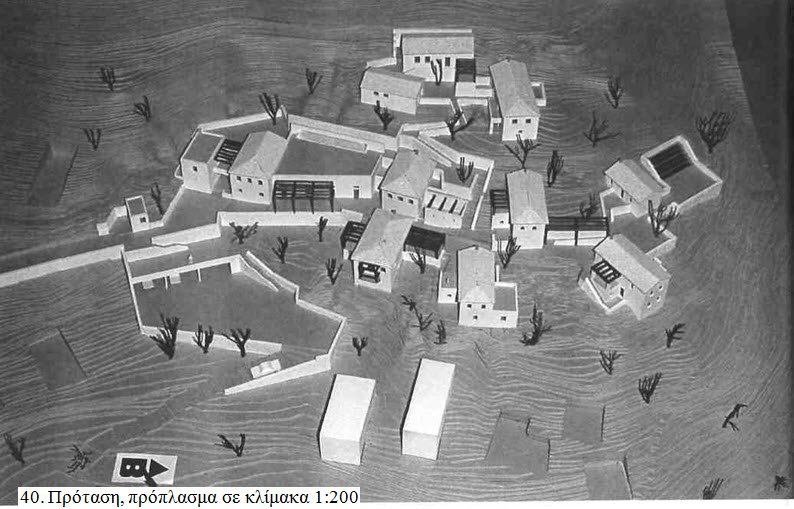MESSINIAN ARCHAEOLOGICAL RESEARCH CENTER
The directors of the activities and the operation of MARC will be professors of archaeology. Aside from the professional collaborators, undergraduate or postgraduate students will also participate in the research and field work teams. The resident teams, together with the guardian of the site and person in charge of the restaurant, will number approximately 25 individuals. It will be possible for surface research, the recording of and treatment of material to take place all year round. The financing of the project will be accomplished through European Union programs.

The village of Potamia is 14.5 km S-SE of Kyparissia, at
an altitude of 650 m, and is easily accessible from the southeast by a
gravel road. The last permanent resident of the village died at the end
of the 1990s. The constructed area of the village, extents 1.247
hectares, with an E-NE general orientation and a slope of 24.3%,
includes a total of 25 buildings of which two are churches. Aside from
these churches, certain alleyways, and the site of festivities, there
are no other points with a public character.
The houses are
independent, that is to say, they are not adjacent to each other.
Considering the total ground plan, what dominates is the significance
of dissemination and the graduated use of space. The houses are built
of stone, are almost exclusively semi two-storied buildings with very
narrow and long proportions, are covered with 3-sided roofs of tile and
follow the building traditions of the masons of Lagadia. Most are dated
to the last decades of the 19th and the first of the 20th century.
However, the most important house of the village (house No. 8), which
can be dated with certainty to the late Ottoman empire, is one of the
few and rarest pre-revolutionary houses in the Kontovounia area. The
average ratio of the sides of the houses is 1:1.86.